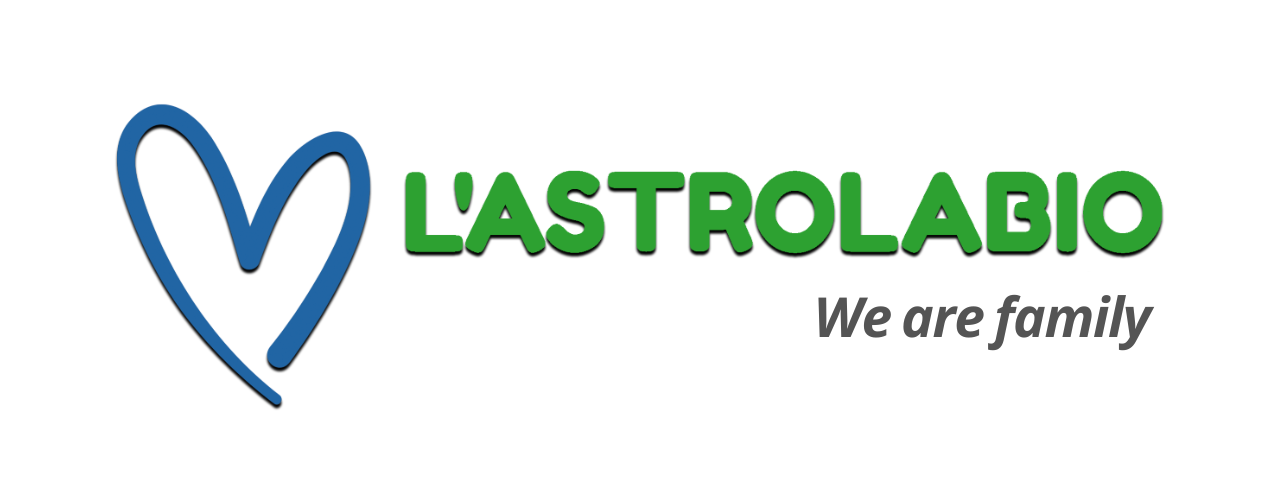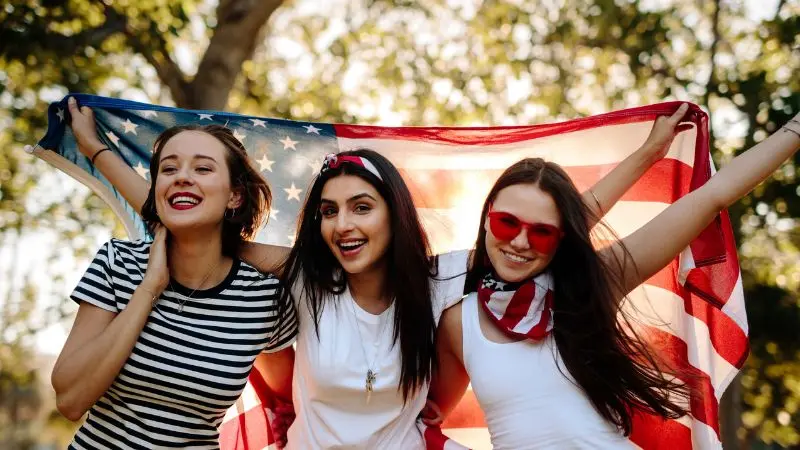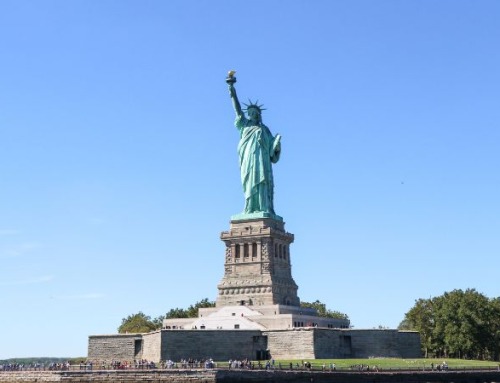Experience the history and celebrations of 4th of July in the USA — and how to be part of it during your study trip
Independence Day, celebrated on the 4th of July, is one of the most important dates in the American calendar. It’s a national holiday full of tradition, reflection, and celebration, marking the signing of the Declaration of Independence in 1776.
In the lead-up to the day, excitement builds across the country, with preparations for the long weekend well underway. To really understand why this date means so much to Americans, it’s worth going back to the historical roots — from the colonies’ break with Britain to the events that shaped 4 July 1776.
Indice dei contenuti
What exactly happened on 4 July?
The Fourth of July marks the day the Continental Congress formally adopted the Declaration of Independence in 1776. It was the moment the thirteen American colonies officially cut ties with British rule, laying the foundation for the United States of America.
It followed a long and complicated journey, but it set the stage for the democratic ideals the US still stands for today.
A brief history of Independence Day
The tale begins with Columbus’s arrival in 1492, which kick-started European colonisation of the Americas. Over the next two centuries, Britain, France, Spain, the Netherlands and Portugal all staked claims and built colonies.
By around 1760, Britain’s thirteen North American colonies were home to roughly 2.5 million people. After Britain beat France in the French and Indian War, Westminster started slapping new taxes on the colonists—most famously the Stamp Act of 1765—without giving them any say.
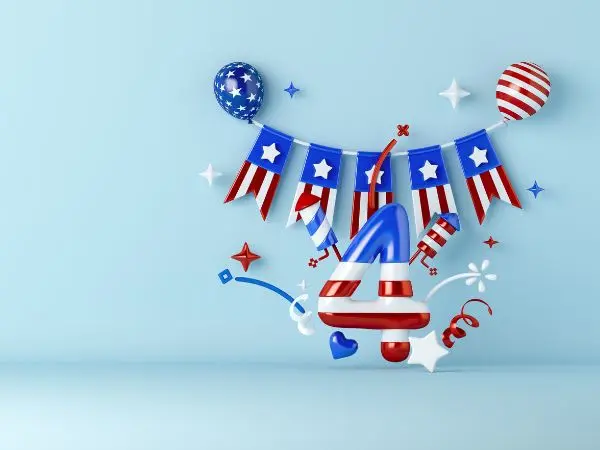
Outrage grew. The most famous incident was the Boston Tea Party of 1773, when colonists dumped tea into Boston Harbour to protest taxes. In retaliation, Parliament passed punitive laws against Massachusetts, and by 1775 shots had been fired in Lexington and Concord—the Revolution was on.
Then, on 4 July 1776, Thomas Jefferson (with Adams and Franklin helping) unveiled the Declaration.
Under George Washington’s command—and with military aid from France, Spain and the Netherlands—the revolutionaries eventually forced Britain’s hand. The Treaty of Paris in 1783 confirmed British recognition of American independence and granted the new nation territory from the Atlantic all the way to the Mississippi.
How the Fourth of July Was Celebrated in the Past
From its very beginnings, Independence Day in the United States has been marked by genuine enthusiasm and patriotic spirit—just as it is today. As early as the first anniversary in 1777, towns held parades in which citizens dressed in the red, white and blue of the new flag marched through the streets in festive procession.
Fireworks too have a long pedigree: at that same 1777 celebration, thirteen pistol shots were fired—one for each of the original colonies.
Politicians and community leaders delivered speeches and presided over ceremonies to honour the Declaration of Independence and to reflect on the nation’s founding values. Families gathered outdoors for shared meals—often featuring barbecues and traditional American dishes.
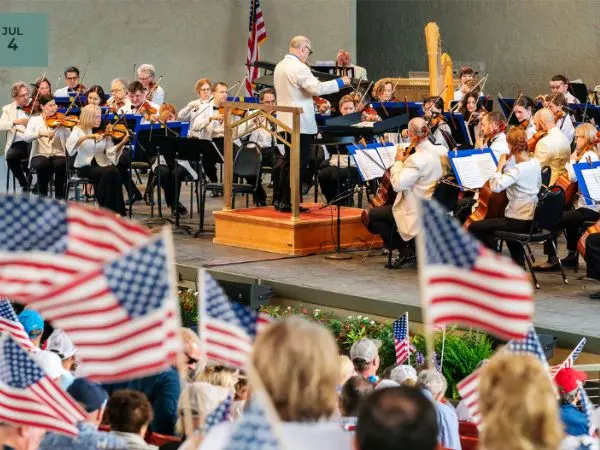
Music was always central to the festivities. Brass bands, marching bands and outdoor concerts provided entertainment for the crowds and helped strengthen the sense of community and national awareness, making the Fourth of July a much-anticipated holiday for all Americans.
As leisure time grew more plentiful in the late 19th and early 20th centuries, the Fourth emerged as a major midsummer celebration. Yet rampant drinking and a rise in firework-related accidents prompted reformers of the era to campaign for a “safe and sane” Independence Day, curbing some of the more hazardous excesses.
By the second half of the 20th century, although the holiday remained defined by parades, patriotic concerts and fireworks displays, its overtly political overtones had waned. It nevertheless endures as a powerful symbol of national pride and the qualities that have shaped America’s identity.
Independence Day Today
Nowadays, the Fourth of July ranks among the most beloved holidays in the United States. Cities and towns everywhere stage parades, open-air concerts and, of course, barbecues—and as dusk falls, spectacular fireworks light up the sky.
Both large and small communities join in, with Washington, D.C. and Philadelphia hosting some of the grandest official events. Across the country, parks and public spaces play host to musical performances and film screenings—for example, New York’s Central Park SummerStage offers free concerts and outdoor movie nights each July.
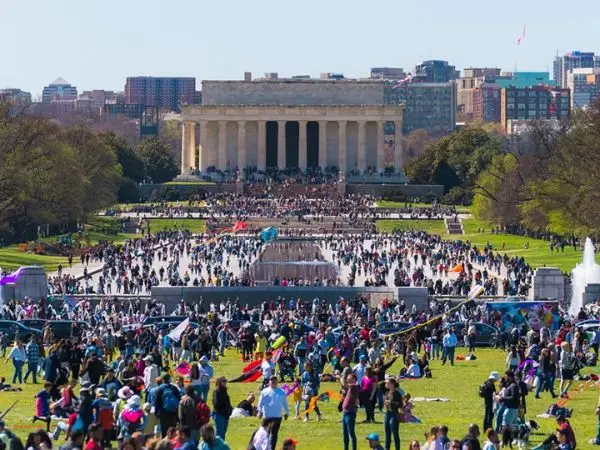
Families reunite for picnics centred around barbecued food and classic American desserts. Many people deck themselves out in red, white and blue—symbols of strength, purity and justice—while games and friendly contests, from hot-dog-eating races to sack races, keep the atmosphere lively.
Should you find yourself in any American city on 4 July, you’ll quickly sense the strong community spirit and the shared celebration of freedom and independence that lie at the heart of the national character.
Six Fascinating Independence Day Facts
-
Mock funerals for King George III
In the summer of 1776, some colonists held symbolic funerals for King George III, signifying the end of royal dominion over America. -
First anniversary in 1777
The very first annual commemoration took place on 4 July 1777 in Philadelphia. -
John Adams’s date mix-up
Adams firmly believed the true date of independence was 2 July and refused to attend celebrations on the 4th. -
Shared presidential passing
Both John Adams and Thomas Jefferson died on 4 July 1826. James Monroe, another former president, also died on 4 July—but in 1831. -
First White House celebration
In 1801, President Thomas Jefferson hosted the first Independence Day fête at the White House, complete with horse races, parades, food and drink—much as we see today. -
Federal holiday status
Although Independence Day has been observed annually since 1776, it only became a federal holiday in 1870, and wasn’t a paid holiday for federal employees until 1941.
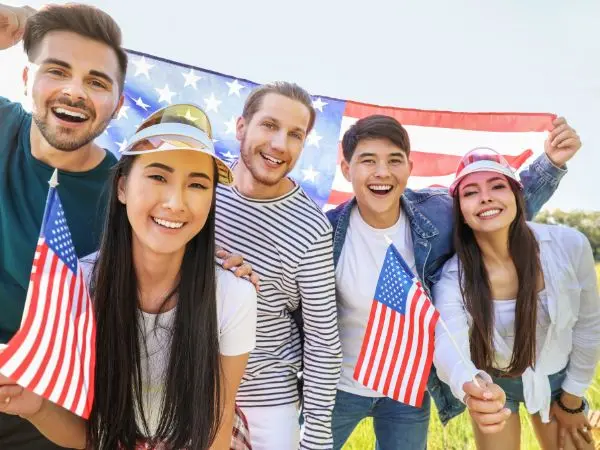
Embrace American Culture on Your Study Trip
The Fourth of July goes beyond fireworks and barbecues. It’s a moment to reflect on liberty, history and national identity. If you’re fortunate enough to be in the United States during early July, join in the celebrations—you’ll gain a deeper appreciation of an essential part of American life and values.
